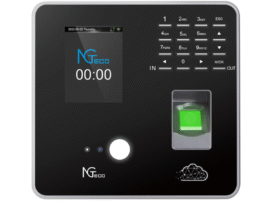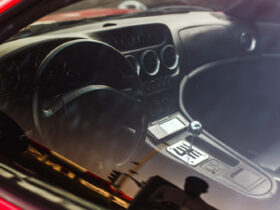Remote control cars have evolved far beyond simple toys, becoming sophisticated machines capable of impressive speeds and maneuvers. Whether you’re a hobbyist just starting out or an experienced enthusiast, understanding how to operate these vehicles safely is crucial for protecting both your investment and those around you. The thrill of controlling a high-performance RC car can quickly turn into disappointment if proper safety measures aren’t followed. From understanding your controller’s range limitations to mastering essential flying techniques, there are numerous factors that contribute to a safe and enjoyable experience. This guide will walk you through the fundamental aspects of remote control distance, explain what affects your car’s responsiveness, and provide practical tips for operating your RC vehicle with confidence. By following these guidelines, you’ll not only extend the lifespan of your remote control car but also ensure that every session is both exciting and secure.
Understanding Remote Control Distance
What is Remote Control Distance?
Remote control distance refers to the maximum range at which your transmitter can effectively communicate with your RC car’s receiver. This distance varies significantly depending on the technology used, with basic toy-grade models typically operating within 30-50 feet, while hobby remote control cars equipped with 2.4GHz systems can maintain reliable connections up to 300 feet or more. The signal strength degrades as distance increases, eventually reaching a point where commands become delayed or fail to register entirely. Understanding your specific model’s operational range is essential for maintaining control and preventing runaway situations that could result in damage or injury.
Factors Affecting Remote Control Distance
Several environmental and technical factors can significantly impact your RC car’s effective range. Physical obstacles like buildings, trees, and hills create barriers that weaken radio signals, often reducing your control distance by half or more. Electromagnetic interference from power lines, Wi-Fi routers, and other electronic devices can disrupt the connection between transmitter and receiver. Weather conditions also play a role, with rain and humidity potentially affecting signal quality. The battery level in both your transmitter and vehicle influences performance, as low power leads to weaker signals and reduced range. Additionally, the quality of your antenna system and whether it’s properly positioned can make a substantial difference in maintaining a stable connection across distances.
Flying Your Remote Control Cars Safely
Pre-Flight Checks
Before each driving session, conduct a thorough inspection of your RC car to prevent malfunctions during operation. Start by examining the chassis for cracks, loose screws, or damaged components that could fail under stress. Check all four wheels to ensure they spin freely and are securely attached, with no wobbling that might indicate worn bearings or loose hex nuts. Verify that your battery is fully charged and properly connected, as partial charges can lead to unexpected power loss mid-run. Test your steering servo by turning the wheel controller gently, confirming smooth response without grinding or hesitation. Finally, perform a range check by walking away from your vehicle while testing controls at increasing distances, ensuring you maintain solid connection before attempting high-speed runs or navigating challenging terrain. Many manufacturers, including FMS Model, provide detailed pre-operation checklists with their vehicles to help users establish consistent safety routines.
Flying Techniques
Mastering proper control techniques transforms your RC experience from chaotic to controlled. Always position yourself with a clear line of sight to your vehicle, as visual contact helps you anticipate obstacles and maintain orientation. Start each session at reduced speeds to familiarize yourself with the terrain and your car’s handling characteristics that day. When navigating turns, ease off the throttle before steering to prevent rollovers and maintain traction. Practice gradual acceleration and braking rather than sudden inputs, which stress components and reduce control precision. Keep your vehicle within your comfort zone regarding distance, never pushing beyond where you can clearly see and react to its position. If you lose sight of your car or notice delayed response to commands, immediately stop and retrieve it rather than attempting blind navigation. Establish a mental boundary for your driving area and respect it consistently, treating any approach to your maximum range as a signal to turn back. When driving in groups, coordinate frequencies and maintain adequate spacing to prevent signal interference and physical collisions.
Safe RC Driving Practices for Long-Term Enjoyment
Operating remote control cars safely requires a combination of technical knowledge, environmental awareness, and disciplined driving habits. By understanding your vehicle’s control distance limitations and the factors that affect signal strength, you can make informed decisions about where and how to drive. Regular pre-session inspections catch potential problems before they become costly failures, while mastering smooth control techniques protects your investment and enhances your enjoyment. Remember that respecting range boundaries isn’t about limiting fun—it’s about ensuring every driving session ends successfully with your RC car intact and ready for the next adventure. Start slowly with new vehicles or unfamiliar terrain, gradually building your skills and confidence as you learn how your specific model responds. Keep your equipment well-maintained, batteries fully charged, and always maintain visual contact with your vehicle during operation. Whether you’re racing on a track, crawling over rocks, or bashing through dirt, these safety principles remain constant. With proper preparation and responsible operation, you’ll maximize both the performance and longevity of your remote control car while creating countless hours of exciting, worry-free entertainment.















